Solar for commercial real estate
For a South African CRE industry buffeted by Covid, weak economic growth and public sector incompetence, is solar power too good to be true? Is solar indeed one of property’s unicorns – a positively geared investment with increasing cash flows – and what are the risks associated with it?



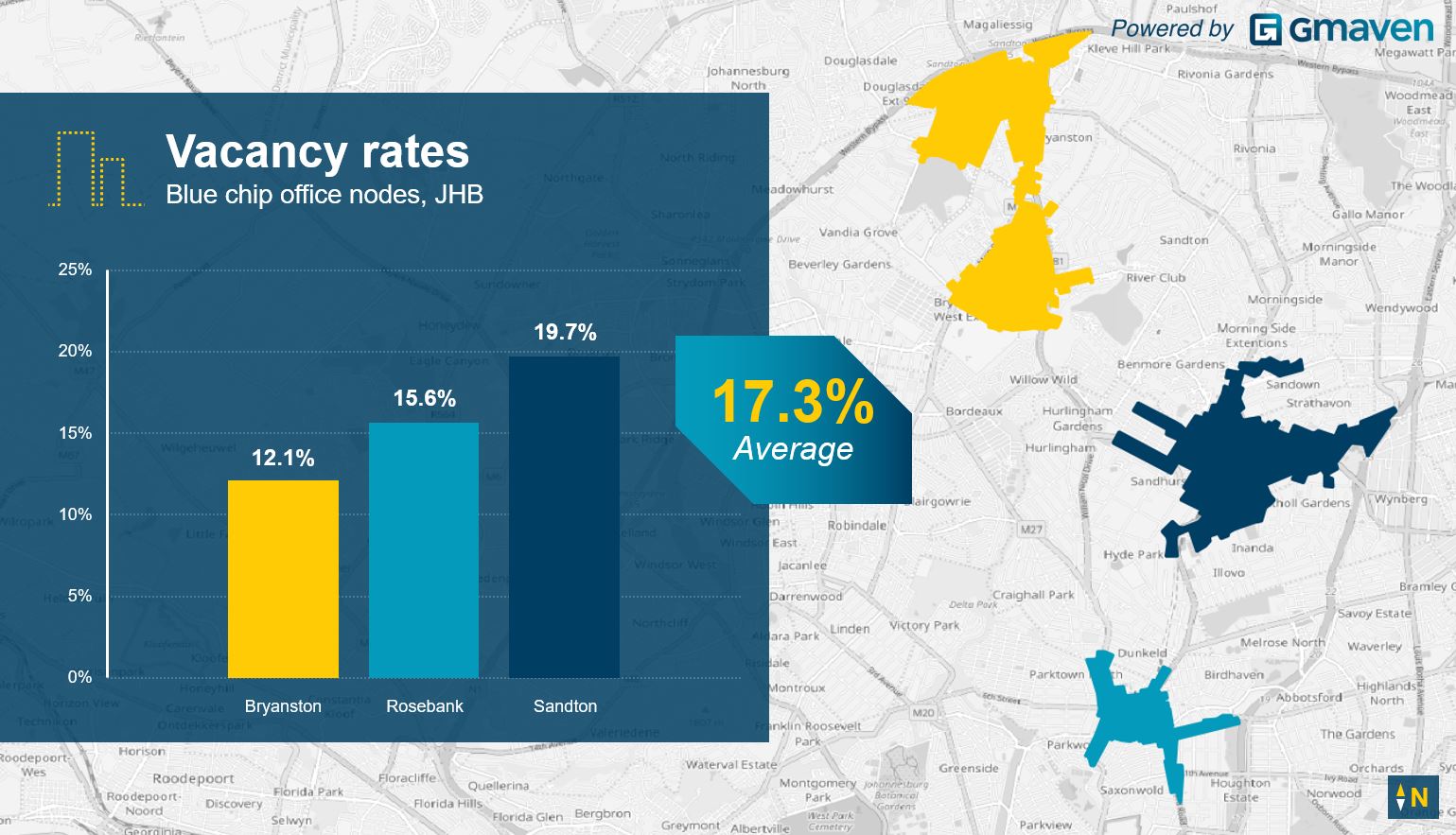
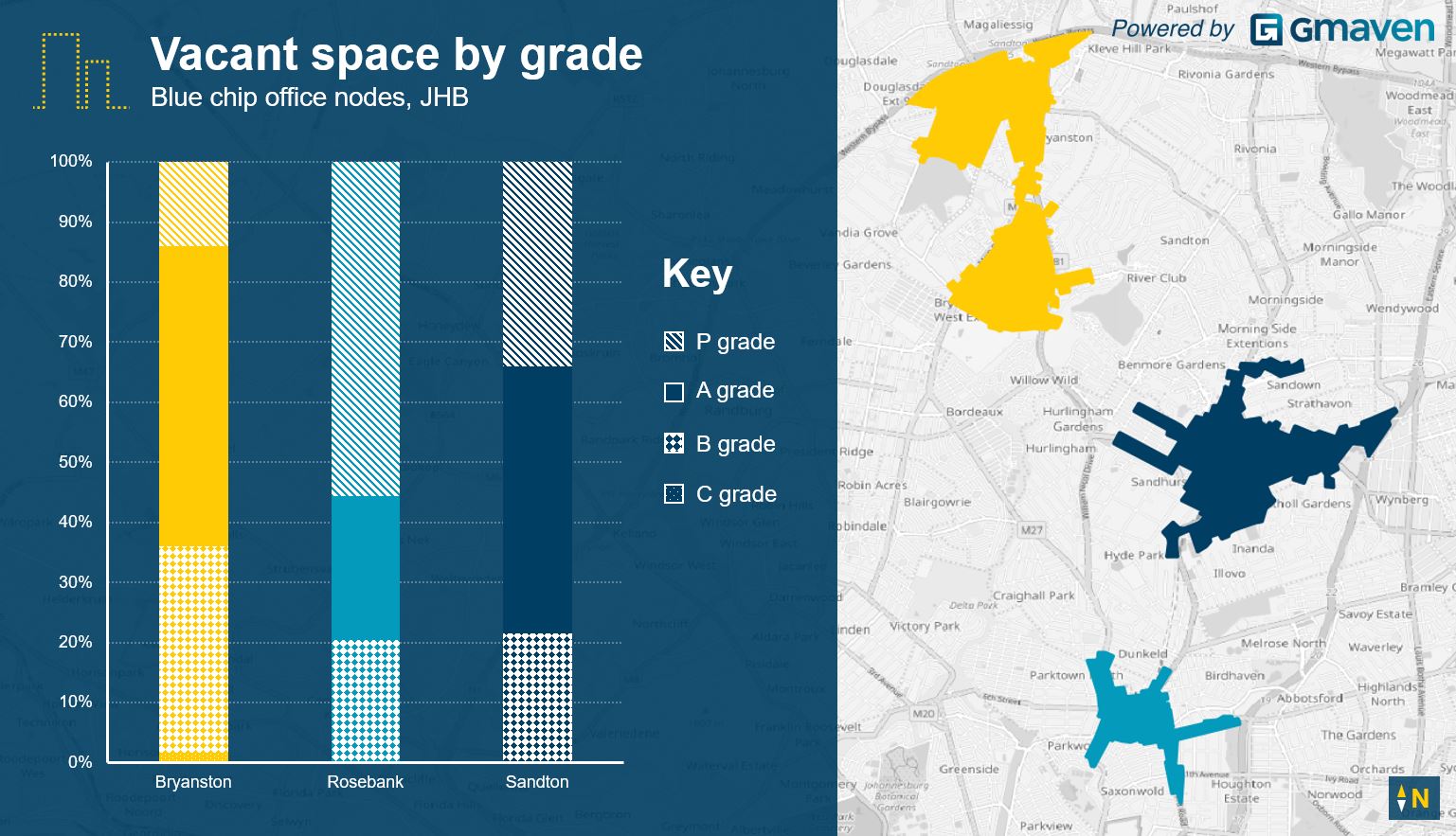
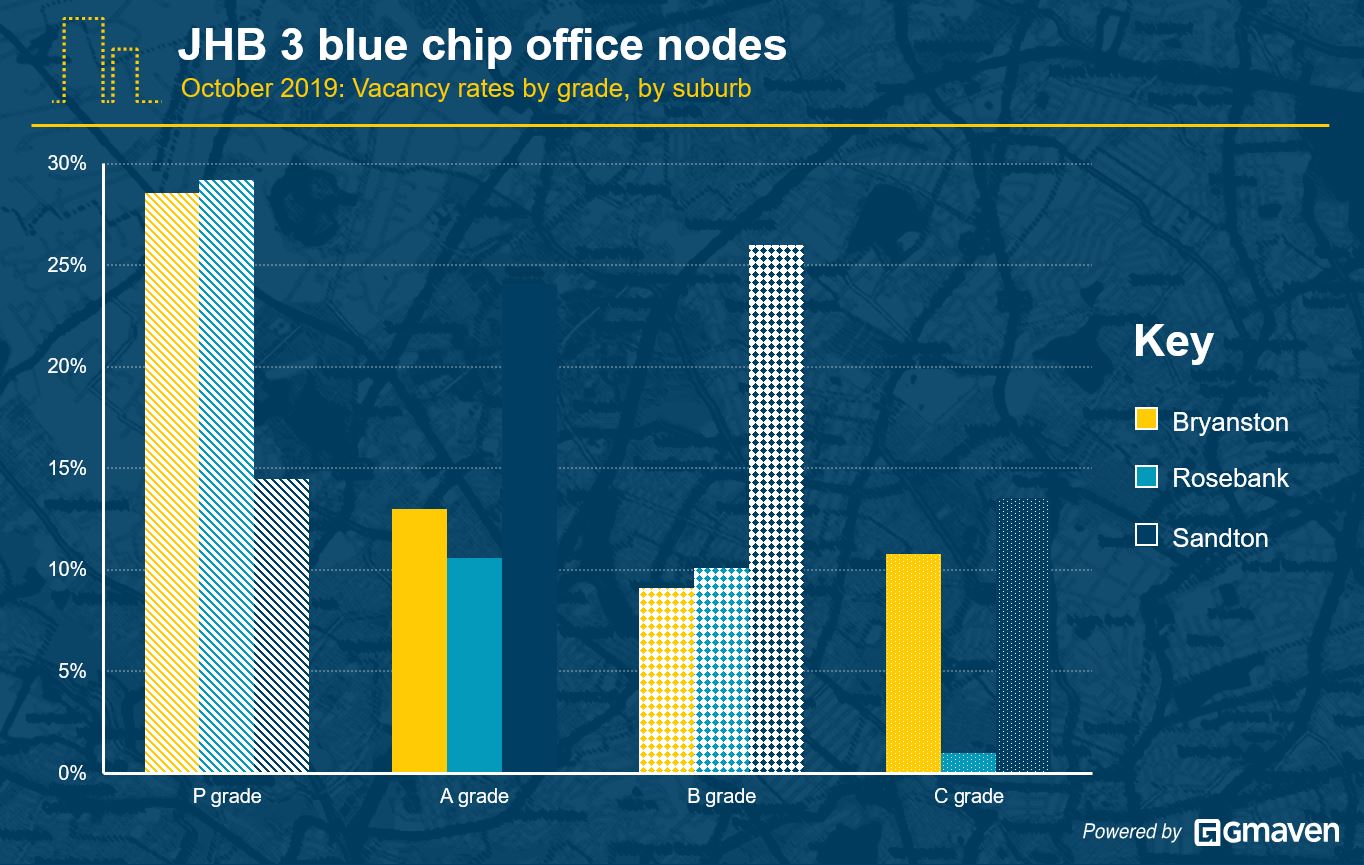
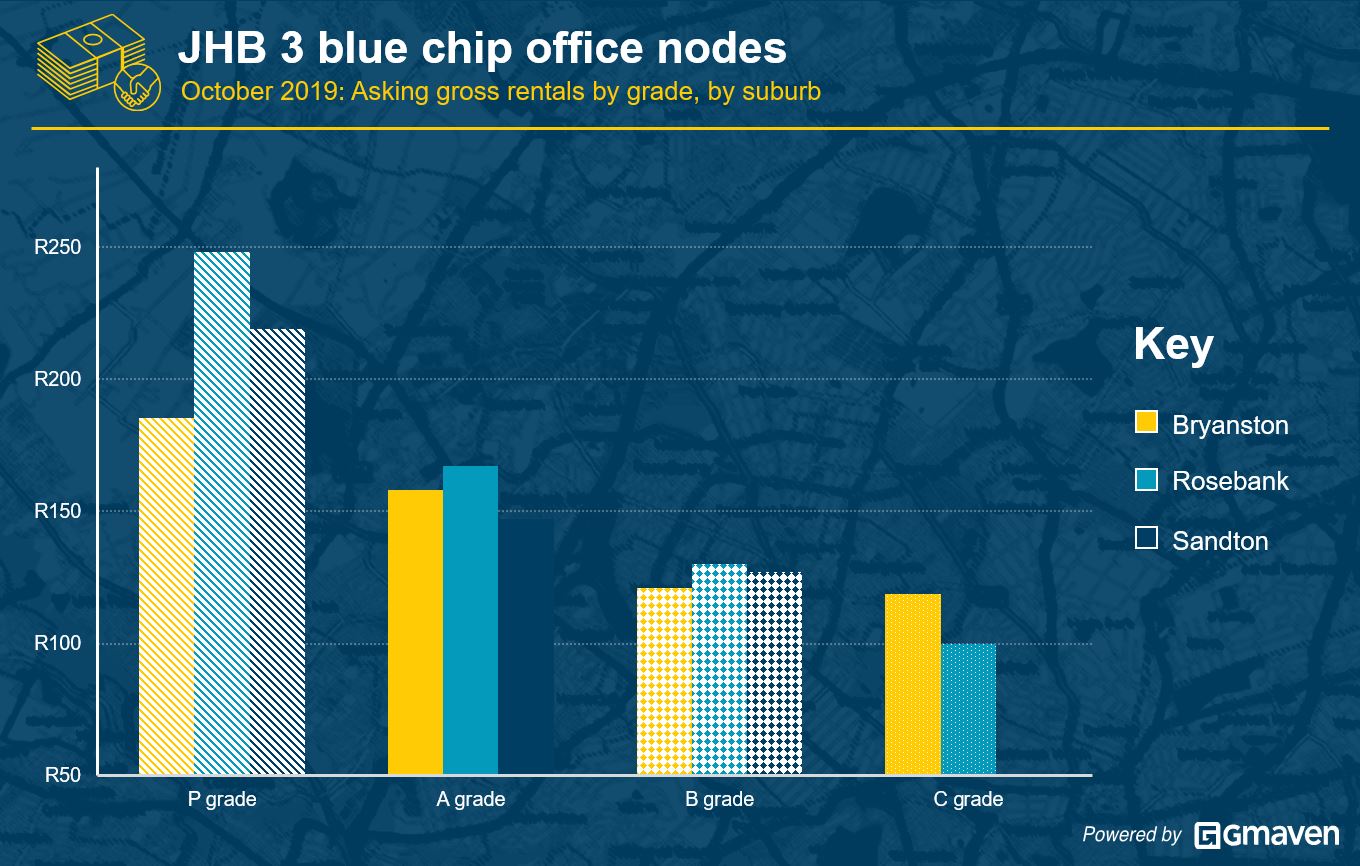
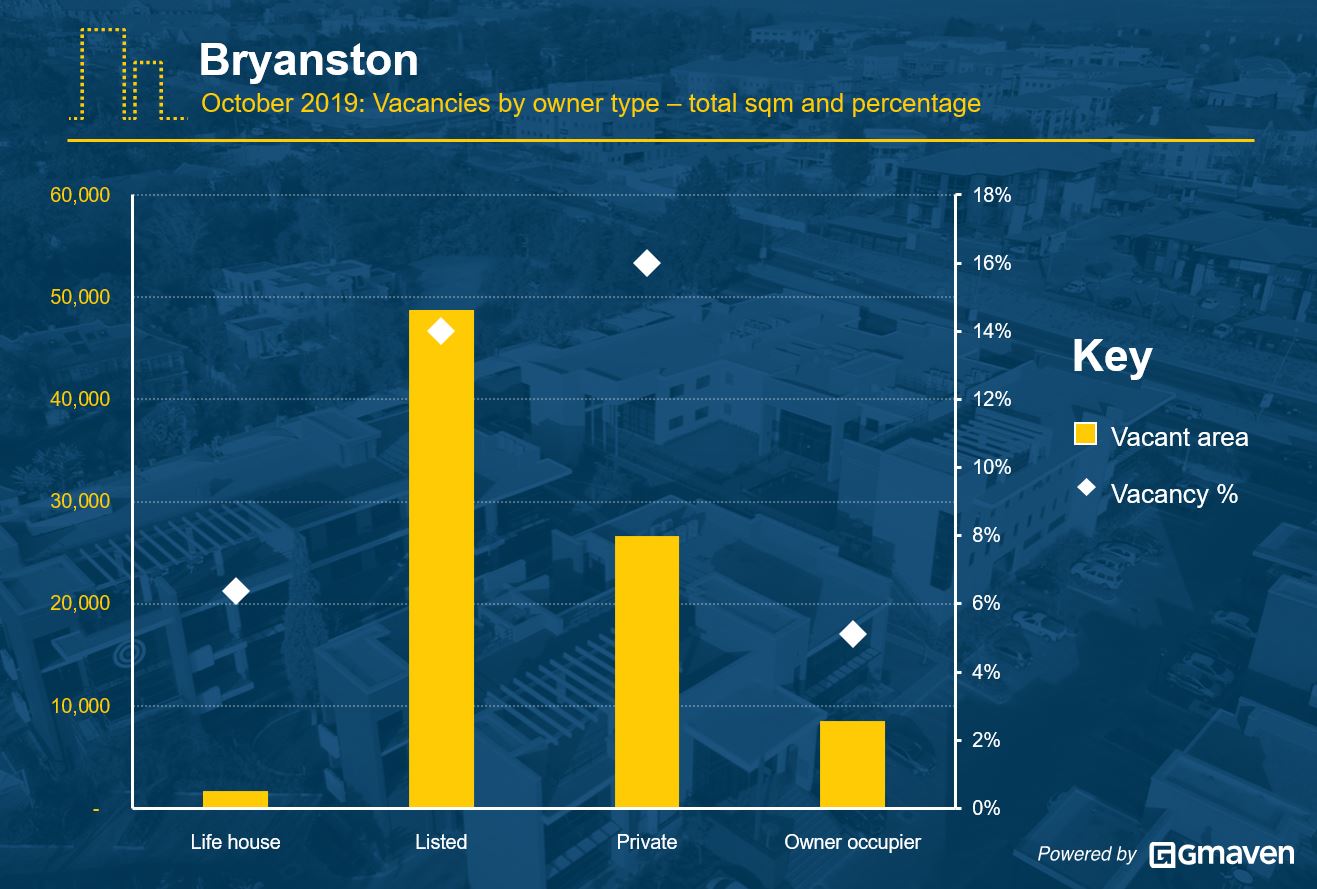
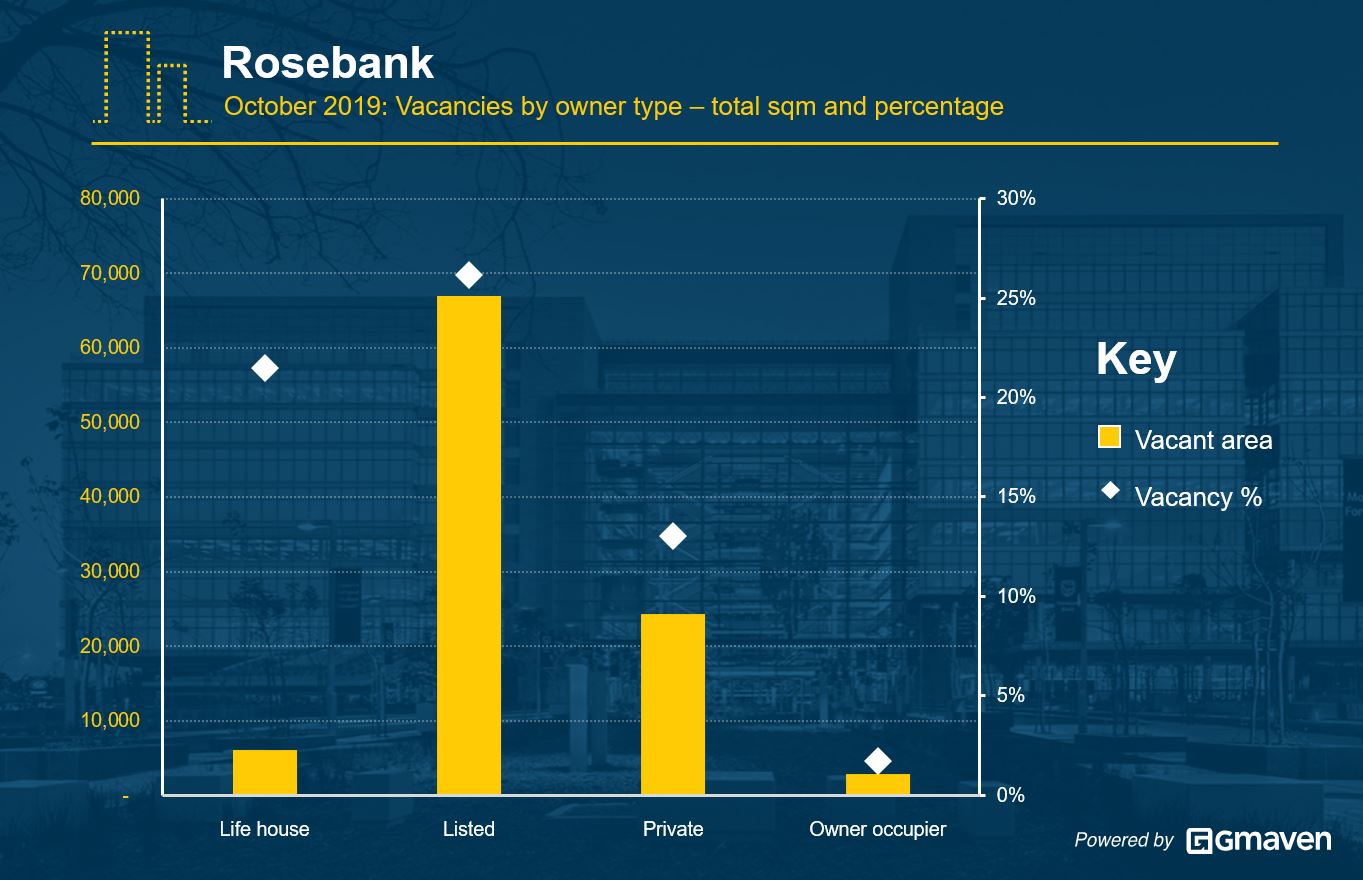




1 Comment. Leave new
Awesome post! Keep up the great work! 🙂